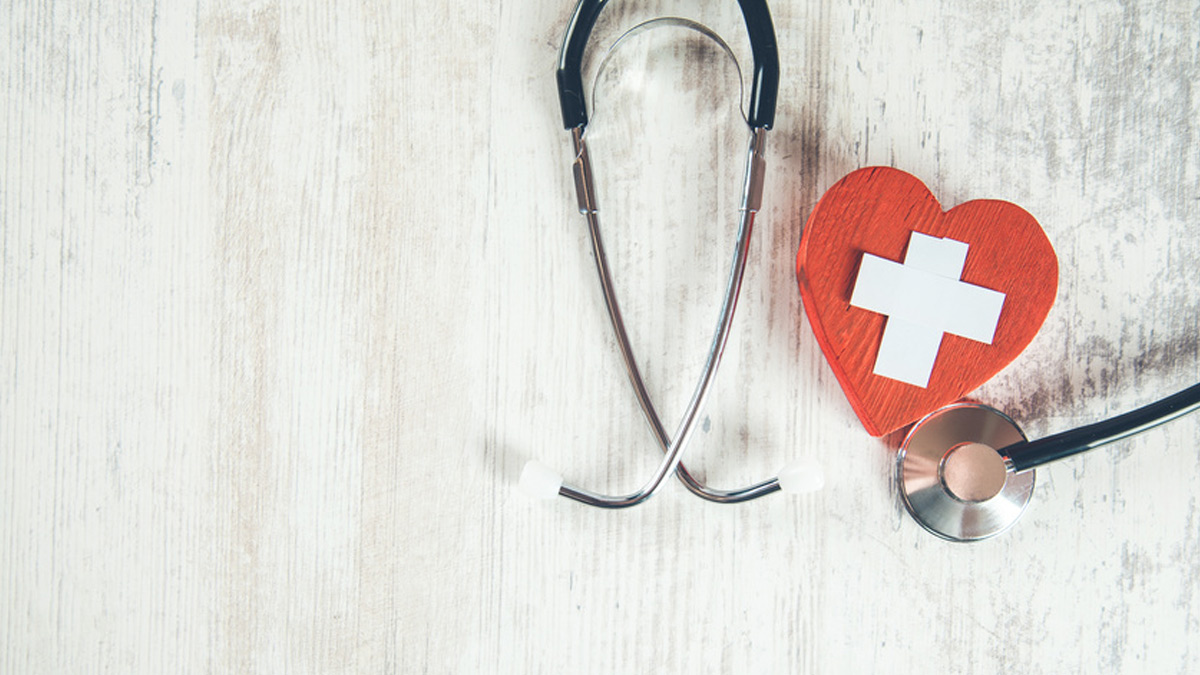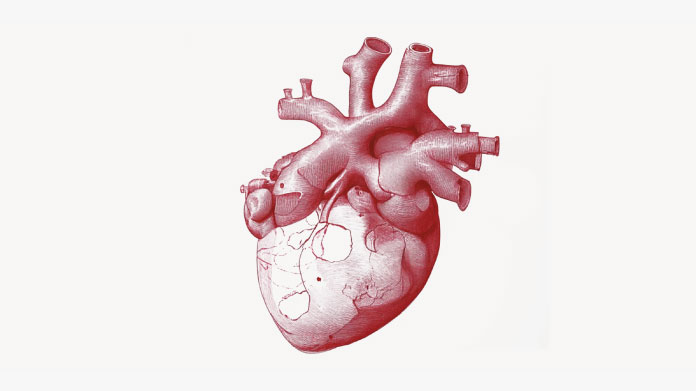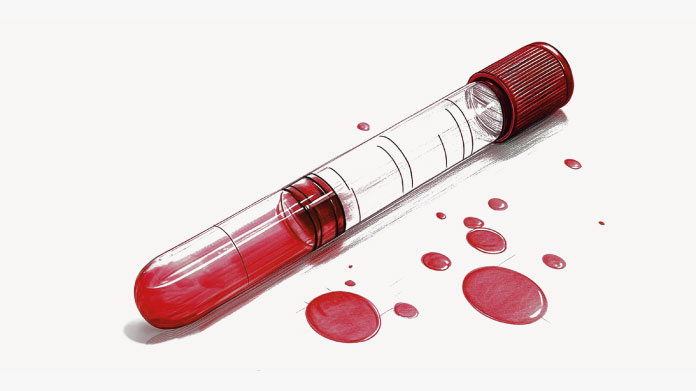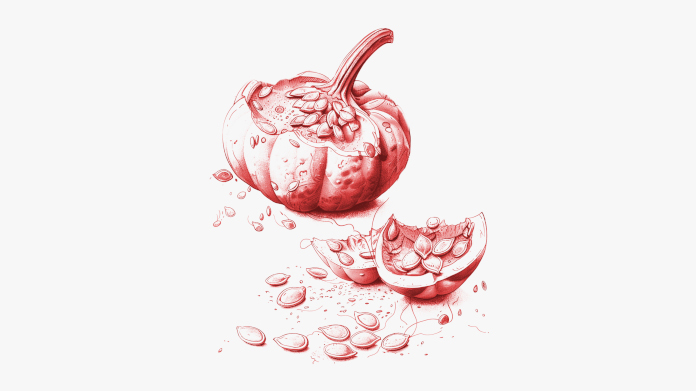Everything you need to know about good and bad cholesterol!
Some explanation is needed then to clarify exactly what is meant by cholesterol, hypercholesterolaemia, ‘good’ and ‘bad’ cholesterol and a cholesterol-lowering diet.

What exactly is cholesterol?
Before we get onto the difference between ‘good’ and ‘bad’ cholesterol, it’s worth restating the definition of cholesterol. As its name suggests, it is a sterol! In other words, cholesterol is a lipid, a macronutrient which the body needs to ensure certain essential functions. For example, cholesterol forms part of the composition of cell membranes, it is involved in synthesising bile salts essential for lipid digestion and it acts as a precursor in the production of several molecules. In particular, cholesterol plays a part in the synthesis of vitamins and hormones: vitamin D, cortisol, progesterone, male reproductive hormone …
What is hypercholesterolaemia?
While cholesterol is essential for a number of the body’s functions, excessive levels present risks to health. This is what specialists term hypercholesterolaemia, a metabolic disorder and one of the leading risk factors for cardiovascular disease. In excess, cholesterol accumulates on artery walls leading to the formation of fatty plaques called atheroma. Known as atherosclerosis, this generally manifests in hypertension and can result in serious health complications including stroke and heart attack …
How are ‘good’ and ‘bad cholesterol defined?
You’ve no doubt heard of ‘good fats’ and ‘bad fats’, which are distinguished by their chemical structure. You might imagine that it’s the same for ‘good’ cholesterol and ‘bad’ cholesterol, yet the difference between them is of quite a different order. Contrary to common perception, they are in fact two transporters of cholesterol. Biochemically, they are described as lipoproteins – complexes of lipids and proteins which enable fats to be transported in the bloodstream. ‘Good’ cholesterol refers to high-density lipoprotein or HDL-cholesterol, while ‘bad’ cholesterol corresponds to low-density lipoprotein or LDL-cholesterol.
Why distinguish between the two?
Specialists advise us to distinguish between ‘good’ and ‘bad’ cholesterol as the latter promotes the accumulation of cholesterol in the blood, while the former enables it to be broken down in the liver. LDL-cholesterol is thus termed ‘bad’ because it transports cholesterol towards the body’s tissues, while HDL-cholesterol is ‘good’ because it carries it towards the liver where it is eliminated. A high level of ‘bad’ cholesterol is often symptomatic of a diet that’s too high in cholesterol, hypercholesterolaemia and increased risk of cardiovascular disease.
What is a cholesterol-lowering diet?
In the case of hypercholesterolaemia, doctors generally recommend adopting a cholesterol-lowering diet to reduce the risk of health problems. The top 10 anti-cholesterol foods include fish high in omega-3 fatty acids, pulses, and antioxidant-rich fruit and vegetables. In recent years, scientific research has also identified other natural anti-cholesterol products. Among them are red yeast rice, a traditional product from the Chinese pharmacopoeia which can lower levels of ‘bad’ cholesterol, and policosanol, a compound extracted from sugar cane which reduces total cholesterol levels via different mechanisms. Scientific research on ‘good’ and ‘bad’ cholesterol has also led to the formulation of Sytrinol™, a natural anti-cholesterol supplement the efficacy of which has been recognized by a number of clinical studies.
Keywords
10 Days
The Anti Aromatase is a great product
The Anti Aromatase is a great product. You just need to have constant inventory. Recently this product has been out of stock.
GEORGE Verne
11 Days
Great help on chat
Great help on chat. Knowledgeable and friendly.
Jason Argos
15 Days
Customer service was fast and friendly.
Customer service helped to stop the transaction process of the subscription. I appreciated that.
Greenie
15 Days
I order here due to the high quality of…
I order here due to the high quality of the products and the quick delivery of items - thank you
Barbara J
17 Days
SuperSmart's Eye Pressure supplements: highly recommended!
I purchase SuperSmart's Eye Pressure supplements regularly for over 5 years, and gotta say they are truly a wonderful product for my Glaucoma. Highly recommended if you have eye pain from your Glaucoma.
D. Martinez
21 Days
Quick service
Quick service
MONELL
22 Days
Speedy service.
Speedy service.
ROSENTHAL Marvin
25 Days
Clear website- Efficient
Clear website. Excellent search engine and fast delivery!
Mohamad Hussein
28 Days
They have great products.
They have great products.
Vickie
28 Days
Great Shipping Time!
You Have A Great Shipping Time! Praise The Lord!
DMHoge
30 Days
Doctor Recommended!
Good pricing, very good availability, doctor recommended (couldn't find what I needed anywhere else), and it took only a week to arrive (which I can't complain about).
Al
31 Days
Great product and fast shipping
Great product and fast shipping
Marie
32 Days
New customer 1
I got my order fast and on time.
SA
32 Days
Great Service
Fast, good communication, as promised.
Juli
36 Days
Thrgood product website is easy to use and shipping…
Thr website is easy to use and shipping is very fast.
Richard Kienzle




